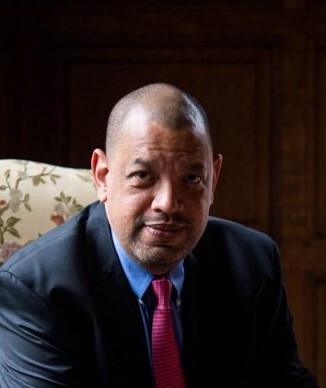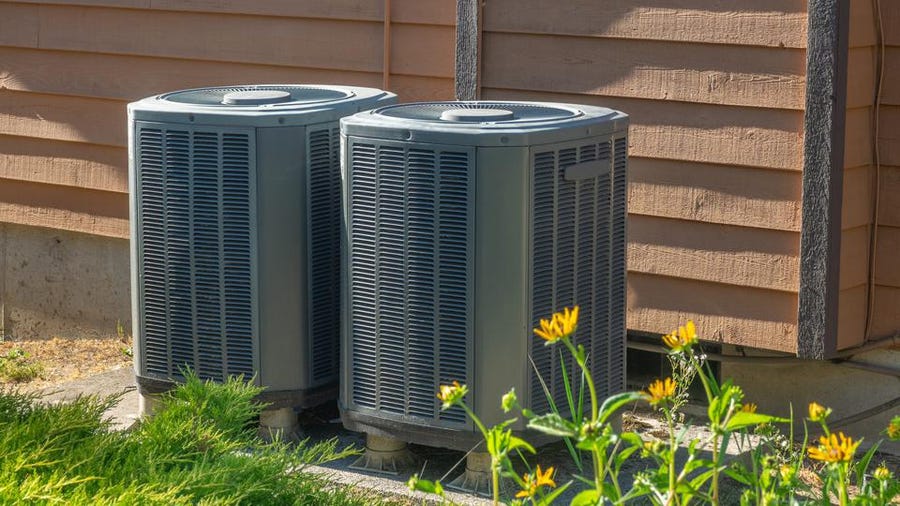Some areas around the world are already feeling a dystopian-esque level of heat, and even New England cities are not spared from this effect of climate change. The only relief seems to be seeking out air-conditioned spaces. However, not everyone has that luxury.
Since the beginning of the 20th century, temperatures in Massachusetts have increased by almost 3.5ºF. Earth & Environment Professor Ian Sue Wing said in northern cities, the two hottest weeks of the year will become even hotter. The South will see an increase in overall hot days of the year with southern Florida and Texas experiencing heat patterns similar to those of developing countries.
Sue Wing and his graduate student Yasmin Romitti looked at data from the American Housing Survey that recorded how many American households in cities had access to air conditioning (AC), and of what type (if cooling was central, how many AC units in a household). Sue Wing and Romitti found that minority, low-income, and vulnerable groups systematically have less access to AC, they and were the first to document this inequality On top of that, these same groups are more likely to be living in urban heat islands, which occurs when more energy from the sun gets absorbed and re-radiated to the air in cities due to the prevalence of highly-absorbent surfaces like pavement. Sue Wing described this inequality as a tripartite of “vulnerability building on vulnerability building on vulnerability.”
In developed countries like the United States, the demand for electricity across the year looks like a “V” shape. In winter, demand for AC goes down, but in the summer, demand increases. However, with climate change, the demand for electricity to run AC units in the summer outweighs the reduction in electricity used to run space heaters during the winter, leading to a net gain in the overall demand for electricity.
By comparison, in developing countries, the temperature-electricity use relationship looks more like an upward sloping function because these countries tend to be in the tropics. Winters near the equator are already warm, so as hot days increase, the demand for AC goes up over the course of a year.
The inequality becomes even more apparent when taking into consideration that the people in the lowest income groups are the ones who don’t have the money for cooling. In the North, demographics such as the elderly and people with illnesses that are worsened by heat (such as kidney disease and heart disease) will be most vulnerable to increased temperatures.
“I want people to know that there’s multiple dimensions to inequality. People do not face heat in the same way,” Sue Wing said. “There is inequality in access to cooling because vulnerable people live in places that make them uniquely predisposed. It’s also not about giving everyone an air conditioner because not everyone can afford to pay the electricity bills.”
Even if the entire world cut all emissions right now, the globe will still warm because of the carbon cycle which lasts as long as 300 to 1,000 years. In fact, we are still suffering the consequences of emissions from the Cold War.
“What keeps me up at night? Is that our attempts to shield ourselves from the climate and to adapt make the problem that we’re adapting to worse,” Sue Wing said.
Sue Wing is referring to the use of fossil fuels to generate the electricity to power AC, which in turn heats up the planet and increases demand for AC and electricity. He said there are ways to get around this which don’t deny vulnerable populations the right to necessary cooling.
“So really, what it comes down to is a bit of a horse race between the heat that is to come and our ability to transition our energy systems, and particularly our electricity systems, to serve that demand,” Sue Wing said.
In 2022, around 61% of the electricity in the U.S. was generated by fossil fuels. However, if renewable energies such as wind and solar begin to make up more of the country’s electricity generation, there will be a reduction in the amount of carbon dioxide released into the atmosphere.
From an economic perspective, the solution lies in market-based incentives like carbon taxes. If the government taxes goods associated with carbon dioxide emissions, then the price of coal or oil, and other goods that depend heavily on them, will increase. In turn, this hike in prices will reduce the consumer incentive to buy these products.
Sue Wing says countries need to come to an agreement on what the tax of carbon will be, and how to implement it into their markets.
“We will have to make carbon 5% to 30% more expensive to meet the Paris targets,” Wing said.
In the short term, these prices are scary to look at, but in the long run the planet is preserved and society could be saving money spent on technologies that make Earth livable under the effects of climate change. Essentially, we could get to the source of emissions instead of putting a bandaid over the problem.
Much of the discourse around climate change today is political. But Sue Wing suggested a focus on the outcomes of climate change rather than ideology.
“It’s about getting past people who don’t believe climate change is real and saying, ‘But we had a bunch of people with heatstroke. What do we do about that? Let’s forget about climate change. But what are we doing about this issue?’” Sue Wing said.
He also acknowledged that it can be easy to feel depressed and helpless when thinking about climate change. It’s the “Where do you start?” that can be so intimidating.
There are many opportunities to get involved: studying climate change, speaking to people who are in charge of energy in the community, listening to experts, and interning with the Office of New Urban Mechanics in Boston, among many others.
“It’s like a ball of twine. You have to think about the multifacetedness of climate change and sit with the discomfort,” Sue Wing said. “It’s understanding what making a difference means and figuring out what part of this ball of twine is something you can break off.”

Sources
Romitti, Y. et al., Inequality in the availability of residential air conditioning across 115 US metropolitan areas, PNAS Nexus, Volume 1, Issue 4, September 2022, pgac210, https://doi.org/10.1093/pnasnexus/pgac210
Romitti, Y., Sue Wing, I. Heterogeneous climate change impacts on electricity demand in world cities circa mid-century. Sci Rep 12, 4280 (2022). https://doi.org/10.1038/s41598-022-07922-w
Colelli, F.P., Emmerling, J., Marangoni, G. et al. Increased energy use for adaptation significantly impacts mitigation pathways. Nat Commun 13, 4964 (2022). https://doi.org/10.1038/s41467-022-32471-1
NASA. (2022, November 16). The atmosphere: Getting a handle on carbon dioxide – climate change: Vital signs of the planet. NASA. Retrieved February 13, 2023, from https://climate.nasa.gov/news/2915/the-atmosphere-getting-a-handle-on-carbon-dioxide/#:~:text=Once%20it’s%20added%20to%20the,timescale%20of%20many%20human%20lives.
Kunkel, K. E. (1970, January 1). State climate summaries 2022. Massachusetts – State Climate Summaries 2022. Retrieved February 13, 2023, from https://statesummaries.ncics.org/chapter/ma/
Frequently asked questions (faqs) – U.S. energy information administration (EIA). Frequently Asked Questions (FAQs) – U.S. Energy Information Administration (EIA). (n.d.). Retrieved February 13, 2023, from https://www.eia.gov/tools/faqs/faq.php?id=427&t=3#:~:text=In%202021%2C%20about%204%2C108%20billion,facilities%20in%20the%20United%20States.&text=About%2061%25%20of%20this%20electricity,%2C%20petroleum%2C%20and%20other%20gases.

